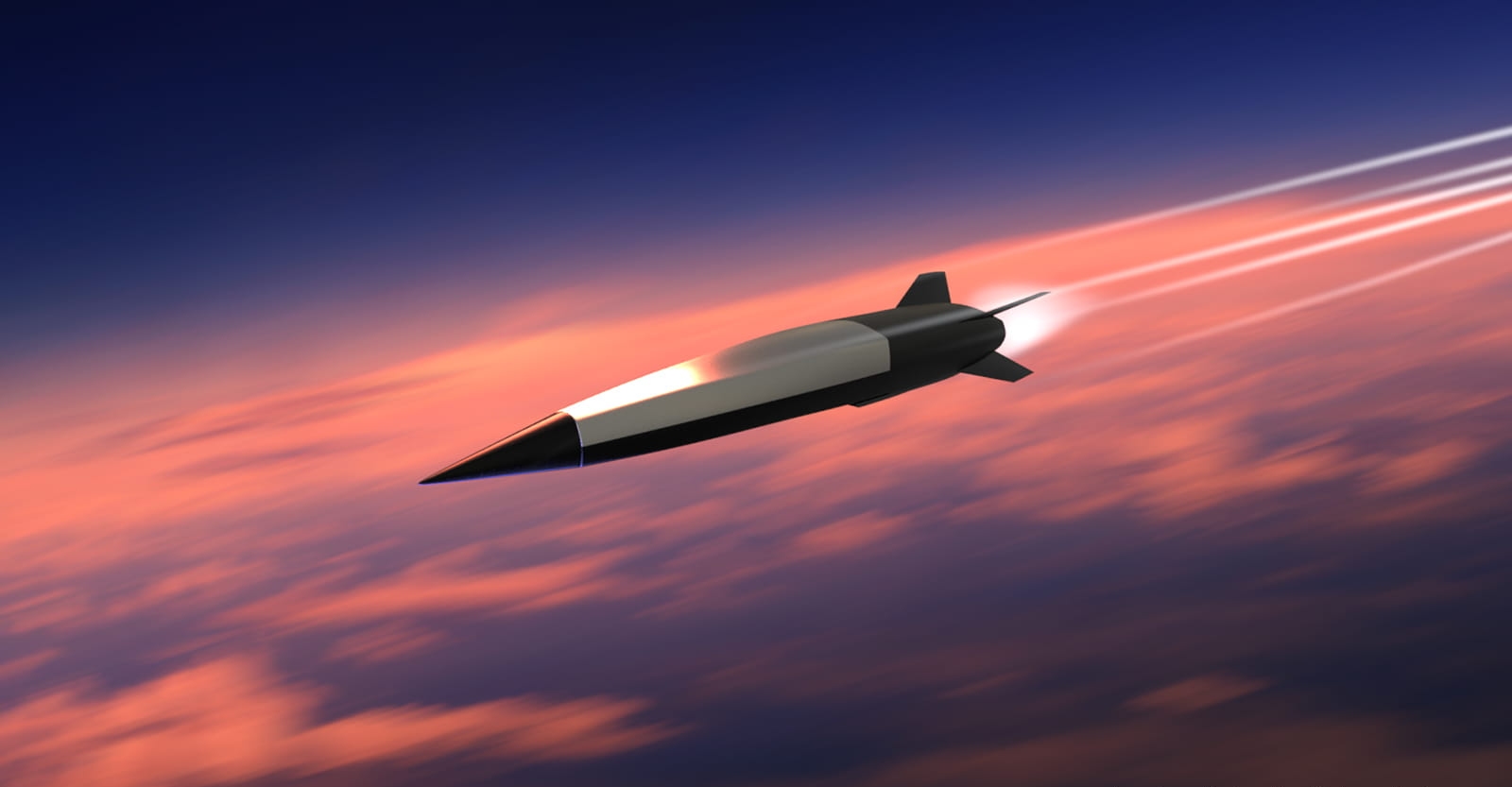I am aware of it But they don't have much success with it I guess they have tested 5 or 6 times but 3 of them failed. But that was many years ago. It doesn't really matter whether you are hit by a Glide or cruise missile you are deadYou DO know that US has been developing hypersonic cruise propulsion for very long time (much longer than China).
And HQ 17 is not what you think it is. It is not hypersonic cruise propulsion but it is a glide vehicle. Unrelated.
chrome-extension://efaidnbmnnnibpcajpcglclefindmkaj/https://sgp.fas.org/crs/weapons/R45811.pdf
U.S. Air Force The AGM-183 Air-Launched Rapid Response Weapon is to leverage DARPA’s Tactical Boost Glide technology to develop an air-launched hypersonic glide vehicle prototype capable of travelling at average speeds of between Mach 6.5 and Mach 8 at a range of approximately 1,000 miles.42 ARRW successfully completed a “captive carry” test flight in June 2019. It then experienced three successive failures before completing three successful flight tests in 2022.43 Although the first test of the full operational ARRW prototype in December 2022 was successful, ARRW’s flight testing record since then appears to have been mixed, with at least one 2023 test flight failure.44 The Air Force declined to comment on the outcome of a second 2023 test, noting only that it “gained valuable new insights into [ARRW’s] capabilities.”45 Following the March
the same!
China tested DF ZF missile 9 times before deploying HQ17, all of them successful
China has tested the DF-ZF HGV (previously referred to as the WU-14) at least nine times since 2014. U.S. defense officials have reportedly identified the range of the DF-ZF as approximately 1,200 miles and have stated that the vehicle may be capable of performing “extreme maneuvers” during flight.120 China reportedly fielded the DF-ZF in 2020.121 According to U.S. defense officials, China also successfully tested Starry Sky-2 (or Xing Kong2), a nuclear-capable hypersonic vehicle prototype, in August 2018.122 China claims the vehicle reached top speeds of Mach 6 and executed a series of in-flight maneuvers before landing.123 Unlike the DF-ZF, Starry Sky-2 is a “waverider” that uses powered flight after launch and derives lift from its own shockwaves. Some reports indicate that the Starry Sky-2 could be operational by 2025.124 U.S. officials have declined to comment on the program.125
Last edited:









